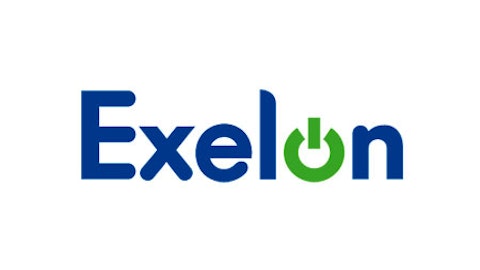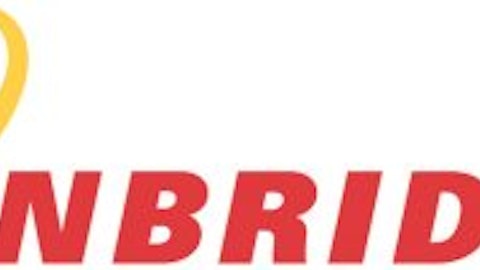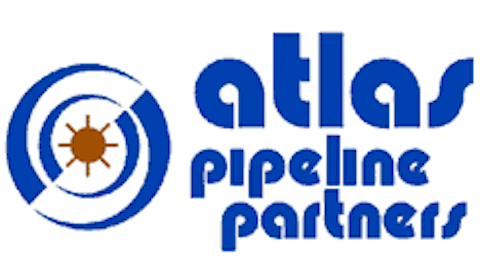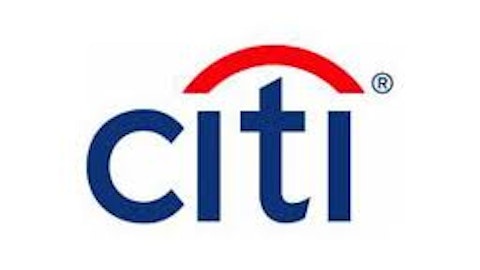Dividend income plays an important part of retirement planning. Large dividends attract attention from those smart enough not to rely on Social Security for their retirement income. While I like big yields as much as anyone, I’ve learned the hard way investing in high-yield companies requires due diligence as much as investing in growth or value companies. Below are three examples of high-yield companies that require some work before investing.
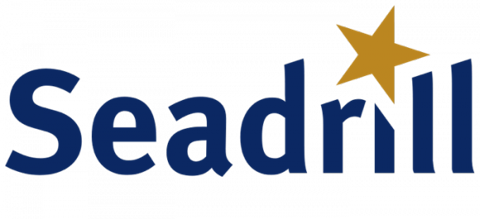
Consider Exelon Corporation (NYSE:EXC), a utility company currently paying a 6.7% dividend. Not a bad yield until we discover that the dividend payout ratio is 112%. Not surprisingly, Exelon announced it was cutting its dividend starting in June. Standard and Poor’s has forecast a decline in earnings for 2013.
While the announced dividend cut is good for the long-term health of the company, it also raises the specter of additional dividend cuts if things go badly for Exelon. Low power costs in the unregulated wholesale power market, continued historically low natural gas prices and generally weak electricity demand all threaten Exelon’s future earnings. Those investors relying on Exelon dividend checks risk the most pain from the company’s current woes.
When will it end? Not soon enough. Exelon CEO Christopher Crane believes natural gas prices will rise and help boost his company’s revenues in 2013. I think Mr. Crane hopes for higher natural gas prices despite continued production from hydraulic fracturing. Exelon has already canceled plans for upgrading its nuclear power plants citing low natural gas prices and soft electricity demand. New safety upgrades stemming from the Fukushima disaster will also pressure earnings.
On the plus side, earnings stemming from the merger with Constellation Energy should boost revenues. Morningstar gives Exelon a wide moat rating, but also forecasts declining earnings through 2014. So much for the benefits of a wide moat. Overall, I would avoid Exelon. The coming dividend cut will result in an effective yield of around 4%. You can do better elsewhere.
And that ‘elsewhere’ is in deep water
For all the news of US shale oil production, deepwater oil exploration and production performed quite well in 2012. One big reason: more discoveries in more diverse regions of the world. Certainly, the Gulf of Mexico, Brazil and West Africa held their own.
However, in less well-known parts of the world, such as Cyprus and Nova Scotia, oil exploration grows with no end in sight. This exploration creates an opportunity with deep water drilling contract companies. Rather than invest in say, Petroleo Brasileiro Petrobras SA (ADR) (NYSE:PBR), which is forecasting a tough year ahead, invest in Seadrill Ltd (NYSE:SDRL), which will likely benefit from Petrobas’ plans to drill 40 new deep water wells in the next two years. In fact, global deep water drilling is forecast to grow over the next few years. Given the tight market for drilling rigs, contract drillers may see long-term contracts pay as much as$714,000/d.
Why Seadrill? The company reports a revenue backlog of $21.3 billion, which is larger than the backlog for ENSCO PLC (NYSE:ESV) or Transocean LTD (NYSE:RIG). This is driving Seadrill’s expansion of its rig fleet. As of November 2012, most of Seadrill’s rigs are in operation with deep water rigs going for as much as $642,000/d. Most rigs are collecting higher rates than in previous contracts.
Seadrill sells at a PE of around 13, not too expensive. Earnings growth this past year came in at 25%. For income-oriented investors, Seadrill pays a 8.8% dividend. The dividend has grown over the past three years with special dividends being paid every other year.
Why not Seadrill? The debt the company bears hinges on continued demand for oil and drilling rigs. If the price of oil drops and exploration activity goes down with it, Seadrill could face a situation not dissimilar to that faced by Chesapeake Energy not too long ago. Relatedly, if utilization rates or lease rates decline, that debt will prove a significant liability.
A safer play?
Energy Transfer Partners LP (NYSE:ETP) as been an anomaly in the natural gas pipeline business. It pays about a 7.8% dividend, but the dividend hasn’t increased since 2008. Energy Transfer looks like a turnaround story backstopped by a big dividend.
Specifically, Energy Transfer is changing its business model to a fee-based leasing of its pipelines rather than an energy sales model. This should help generate guaranteed revenue, which in turn should help reduce financing costs. Also, Energy Transfer bought a stake in Sunoco, giving them access to Eagle Ford shale oil. Lastly, Energy Transfer spent over $3 billion in the past three years building out the company. These investments and business changes bode well for Energy Transfer. How well the company executes its new business model and oil transportation opportunities remains to be seen.
Final Foolish Thoughts
In this age of historically low interest rates, investors looking for income to replace interest income on CDs or bank accounts seek high dividend stocks. Utility stocks like Exelon are generally thought of as safe investments. While Exelon won’t likely go bankrupt anytime soon, its dividend is about to take a 41% hit. Seadrill has a lot going for it and if investors are willing to watch the price of oil and Seadrill’s utilization rates, this company may prove a satisfactory balance of risk and income. Energy Transfer Partners has been steadily paying a dividend for years. As the company transitions from one business model to another, I suspect Energy Transfer will continue paying at least that same dividend. If management can pull off this transition and the Sunoco acquisition delivers significant additional revenue, investors in Energy Transfer Partners could see a nice dividend go even higher.
The article Not All Dividends Are Desirable originally appeared on Fool.com and is written by Robert Zimmerman.
Copyright © 1995 – 2013 The Motley Fool, LLC. All rights reserved. The Motley Fool has a disclosure policy.
